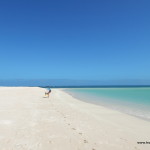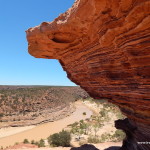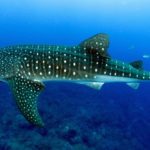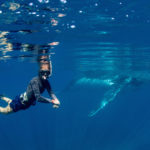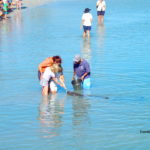Those rocks in Lake Thetis aren’t really rocks
WHY I WENT?
Some weeks before I was about to leave for Australia, a colleague of mine lent me a book and said, “Arnab, as someone visiting Australia, I believe you’ll find this book very interesting.”
I had no idea who Bill Bryson was before reading Down Under.
But I am so glad I read it before Australia because the author’s wit is infectious and the book definitely made my trip richer. It was in this book that I read about stromatolites and I went to Lake Thetis to see them.
WHY YOU SHOULD GO
Exactly for the same reason I went. To see how the modern versions of Earth’s first living organisms look like.
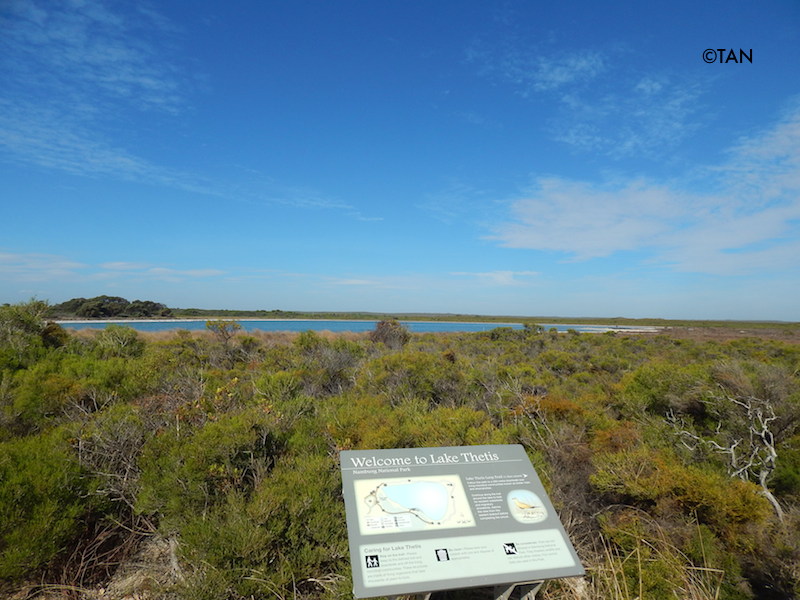
In Hamelin Pool, located in Shark Bay of Western Australia, is the largest colony of the world’s first living organisms. If you didn’t know what they were, you are likely to dismiss them as random rocks. But stromatolites are far from random rocks.
Despite Hamelin Pool being the more famous home to the stromatolites, we went to Lake Thetis because we wanted to see the stromatolites and we’d choose a less-crowded place any day if we had an alternative.
Located less than 200 kilometres on the State Highway 60 — we’ll it’s not exactly on the the highway, you need to take a left and go a few kilometres on gravel road to reach it — it’s a picturesque brackish water lake.
To be honest, we actually had Hamelin Pool on our to-visit list. But Lake Thetis was right next to where we were passing through and it had stromatolites. So, we went.
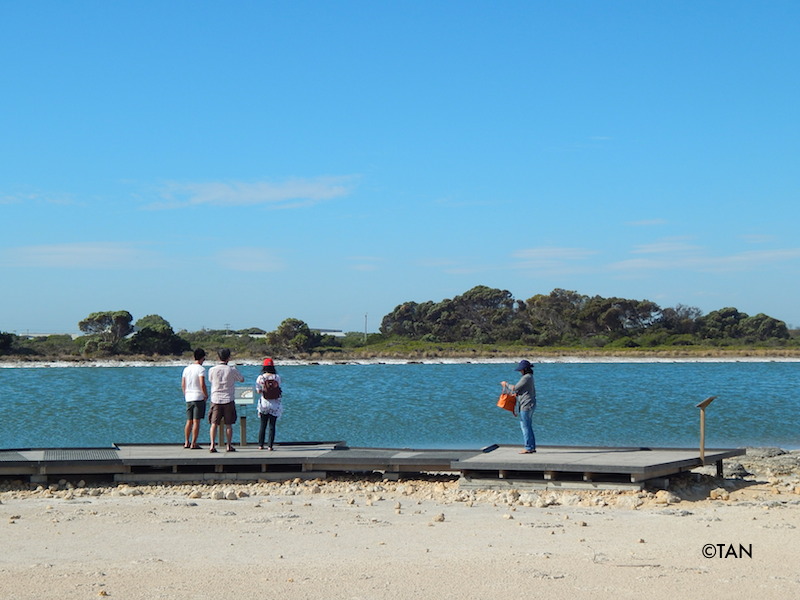
Blue sky, blue water amid green. It was a pretty sight. An information board said: “Meet the modern versions of Earth’s most ancient life forms.”
“Colonies of cynobacteria that build these stromatolites are similar to the earliest organisms to appear on Earth that produced oxygen for subsequent life forms,” the board said.
Once widespread, stromatolites are now only found in isolated places where the conditions are suitable with few marine animals to graze them.
“Western Australia is internationally significant for a variety of stromatolite sites. In the Pilbara, 3,400-million-year old stromatolites are the oldest known fossils. Hamelin Pool in Shark Bay World Heritage Area is home to the most diverse and abundant living stromatolite community in the world. Like those at Hamelin Pool and other coastal lakes, Lake Thetis stromatolites have been growing for about 3.500 years.”
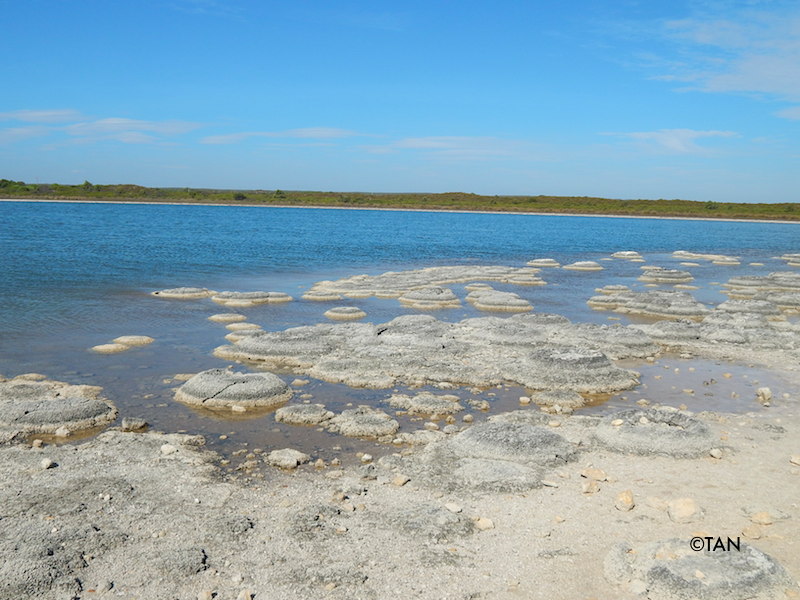
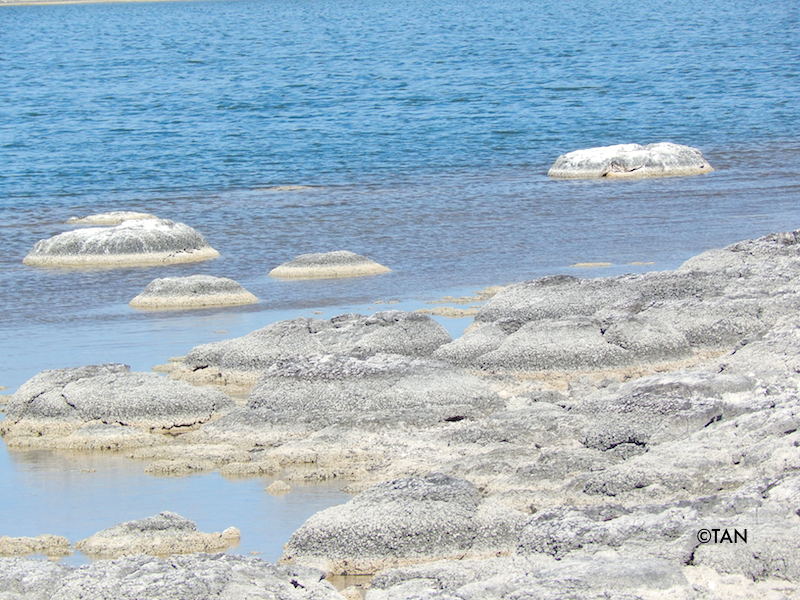
We walked ahead to see a wooden deck partially built over the water. Standing there, it was easy to see the rounded “rocks” with their heads over the water.
As I stood there, I felt a thrill in the company of these ancient organisms, even if they were their 3,500-year-old “modern versions” of the ones that enabled life to flourish on earth! It’s a special feeling when you realise something quite like that piece of rock was the reason you are standing, breathing and living.


